Six Arts City of Confucius in Qufu
Six Arts City of Confucius in Qufu
Confucius Liuyi City is located at No. 15 Chunqiu Road, Nanxin District, Qufu City, Jining City, Shandong Province. It is constructed by means of modern high-tech technology such as sound, light and electricity, music, art, architecture and other forms of expression, guided by Confucius, a great ancient Chinese thinker, educator, politician and founder of Confucianism. A large-scale cultural tourism city with functions of knowledge, entertainment, participation, historicity, interesting and shopping, food, tourism, entertainment, etc., is a national AAAA-level tourist attraction.
brief introduction
Confucius Liuyi City was built in 1992 and opened in September 1993. It covers an area of 13 hectares and has a construction area of 60,000 square meters with a total investment of 66 million yuan. The city has not only beautiful garden shapes, but also indoor scenic spots with magnificent scenes, extraordinary momentum and rich cultural connotations, as well as exquisite and colorful recreational facilities, as well as simple and elegant palace buildings with complete functions and unique ancient music and dance performances, which make the world amazing.
The Six Arts City of Qufu Confucius annotates the Six Arts of Confucius in its unique way, carries forward Confucius'excellent ideology and culture, and becomes a classic work of "melting the past into the present". In 1997, it was appraised as "China's famous tourist scenic spot" by China Tourism Association and Cultural Relics Association. It is also called "Three Confucius and One City" together with the Three Confucius of Qufu. It attracts millions of Chinese and foreign tourists every year, and successively receives Zhu Rongji, Cultural Relics Jiang Chunyun, Wu Bangguo, Wu Guanzheng and other important party and state leaders, as well as foreign dignitaries such as Singapore Ambassador to China Deng Dongsheng, former Indian Prime Minister's wife Sonia Gandhi, and more than 300 celebrities such as Zhao Zhongxiang and Qiaoyu.
Confucius Six Arts City is a large-scale cultural tourism city built and opened in 1993. It is based on Confucius'six arts of ritual, music, shooting, imperial court, book and number. The whole Six Arts City is divided into "Confucius' parade among nations", "hall of ceremonies", "hall of books", "hall of royalty", "hall of music", "hall of archery" and "hall of numbers". With the help of modern high-tech means, we can reproduce all kinds of scenes in Confucius'era. It has the characteristics of knowledge, entertainment and interest. More importantly, the city also has the participatory nature, which enables tourists to experience life and interpret Confucius.
Since its establishment, Confucius Liuyi City has received many important leaders of the state, foreign envoys and distinguished guests in China. It occupies a very important position in Qufu's tourism.
Over the past five thousand years, 90,000 miles in length and breadth, the Six Arts City of Confucius in Qufu is becoming the focal point for all mankind to interpret Confucius, enlighten reason and seek Oriental civilization.
The architecture of Liuyicheng adopts the architectural characteristics of the ancient Tianyuan area in China. Its architectural pattern is unique, and its scale is grand and spectacular. Confucius Liuyi City is rich in connotations, extensive and profound, forming a tourist attraction that reflects the Confucius Temple, Confucius Mansion and Confucius Forest in Qufu, the birthplace of Oriental culture. It has become a classic work of "melting the past into the present" and one of the "famous scenic spots of tourism in China".
Survey of scenic spots
Confucius Six Art City covers a rich, extensive and profound art landscape, with six arts as the main line, using progressive artistic expression techniques layer by layer, creating an artistic attraction with the combination of pre-Qin style and modern techniques. In the city, there are dozens of scenic spots with magnificent scenery and extraordinary appearance. Confucius's six arts knowledge, the style of Pre-Qin Dynasty and classical music and dance are reproduced in vivid artistic forms.
In order to facilitate the tourist life of Chinese and foreign guests, there are Yanle Palace, fast-food restaurant, shopping mall, hotel, VIP reception hall, tourist center and ambulance center in Liuyi City, forming a one-stop service of eating, living, traveling, traveling, shopping and entertainment to meet the various requirements of tourists .
Bronze carving
After the Quemen (gate), a group of bronze sculptures of Confucius and disciples from different countries, 6 meters high, weighing 300 tons, are facing the front. Then there are six halls built according to the Six Arts. In addition to the Six Arts Exhibition Hall, the Six Arts City also has shopping malls, Six Arts Villas, fast-food restaurants, VIP halls, Yanle Palace and other comprehensive services for Chinese and foreign tourists, such as shopping, accommodation, entertainment and so on.
Practical information
Address: No. 15 Chunqiu Road, Qufu City, Jining City, Shandong Province
Suitable season: spring, summer, autumn and winter
Facilities: More than 100 cars can be parked in the parking lot in the scenic area.
Tourist activities are regularly held in tourist areas (spots): Confucius Six Arts Music and Dance and Ancient-like Sacrifice to Confucius Music and Dance are held at the Confucius Six Arts Theatre at 10:00 and 15:00 every day.
Characteristic catering: Three big banquets (family banquet, birthday banquet, wedding banquet) of Confucian government, which purchased Kaimu Ruyi, walking stick, Qufu Sanbao and other specialties.
Recommended tourist routes: Confucius Square--Confucius'bronze sculptures of various countries--auditorium--book Hall
Traffic information
It is accessible by bus No. 3, No. 5 and No. 6 in the city.
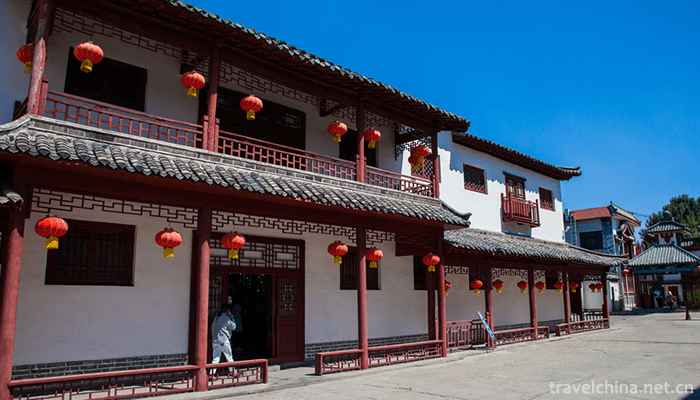

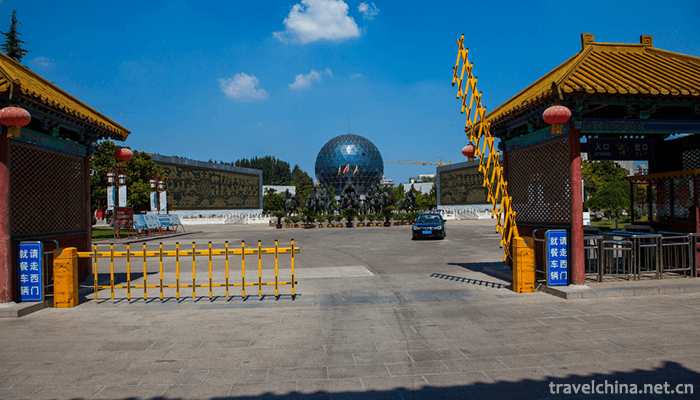
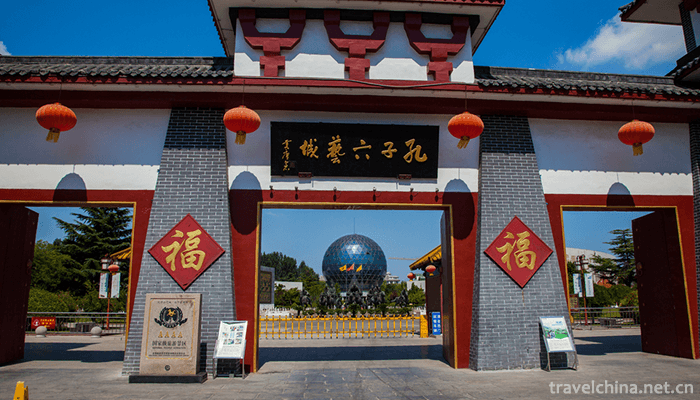
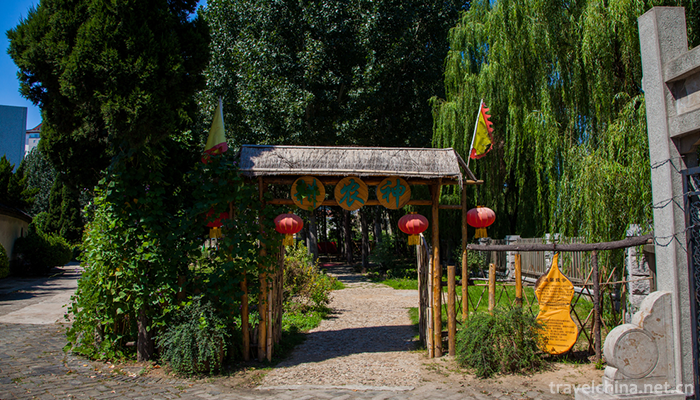
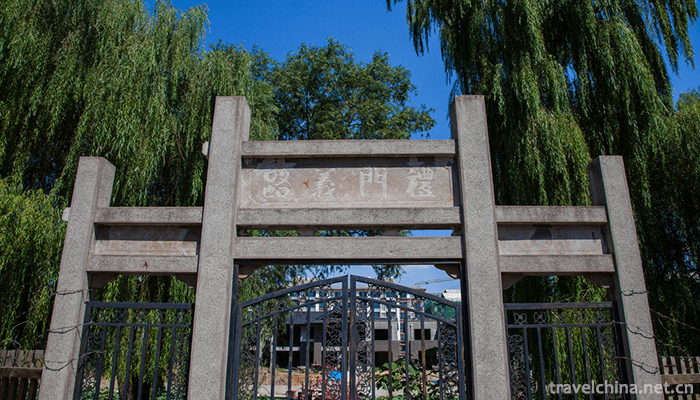
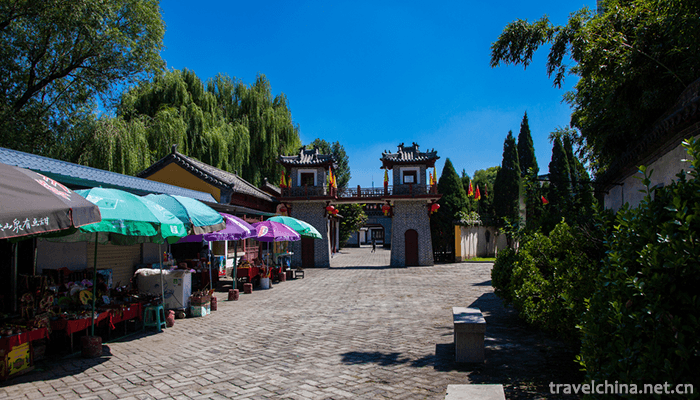
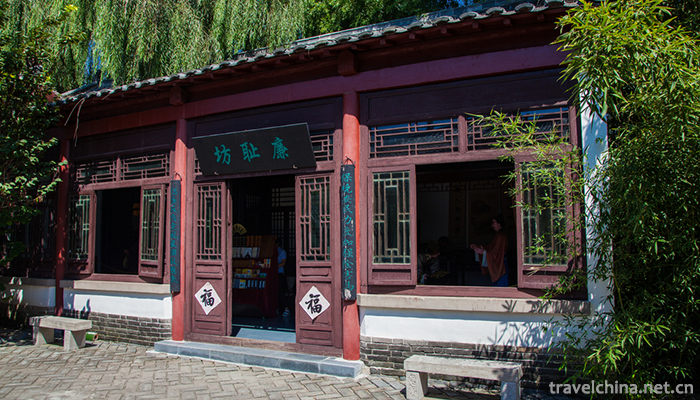
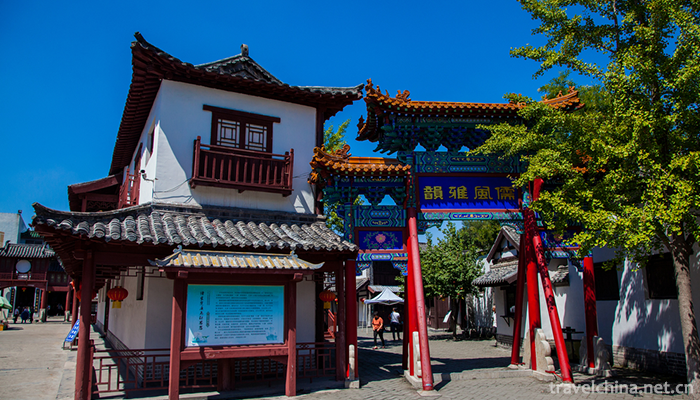
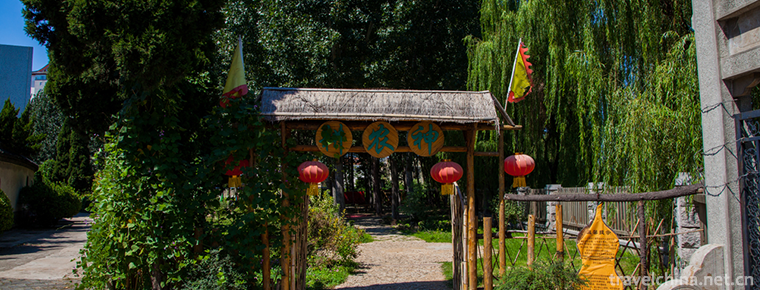
-
1.Niulang and Zhinu Scenic Spot
Niulang Zhinu Scenic Area is located in Yanya Town, southeast of Yiyuan County, Shandong Province, 15 kilometers away from the county town. The scenic area is mainly composed of Daxianshan Mountain
Time 2019-02-07 -
2.Wuhou Tomb Scenic Area
The Tomb of Marquis Wu is the tomb of Zhuge Liang, a famous statesman and militarist in the Three Kingdoms Period. It is located at the foot of the ancient battlefield of Dingjunshan
Time 2019-02-24 -
3.Yumen Pass Yumenguan
Yumenguan was named after Emperor Wudi of Han Dynasty when he opened the Western Regions Road and set up four counties in Hexi. The Han Dynasty was a gateway to all parts of the Western Regions.
Time 2019-03-06 -
4.Bai opera
After 1949, on the basis of blowing tunes, Bai folk opera "Dabenqu" tunes were further enriched and improved, renamed "Baiju". The Lyric forms are basically sung in Bai language an
Time 2019-04-03 -
5.Dabie Mountain Folk Songs
Dabie Mountain folk song is a traditional folk song widely circulated in the west of Anhui Province. With the unique regionality of the interdependence of mountains and rivers
Time 2019-04-23 -
6.Qiang embroidery
Qiang embroidery evolved and developed on the basis of inheriting the ancient Qiang people's embroidery. Mainly distributed in Wenchuan County, two towns and four townships (Mianfu Town, Weizhou
Time 2019-06-10 -
7.Yigou gou
"Yigou" is a traditional drama in Gaotang area of Shandong Province and one of the national intangible cultural heritages.
Time 2019-07-12 -
8.Ying Luohan
Yingluohan is a form of traditional folk entertainment which integrates martial arts and folklore in the traditional festival activities in Jinyun County, Zhejiang Province. This kind of activity also
Time 2019-07-14 -
9.Southwest Jiaotong University
Southwest Jiaotong University is a national key university directly under the Ministry of Education. The first batch of national "double first-class", "211 project", "characte
Time 2019-08-31 -
10.Jiang Weicheng
Jiangweicheng site is a representative and important site in the upper reaches of Minjiang River. It is located in the mountain behind the Weishi school in Weizhou Town, Wenchuan County.
Time 2020-11-06 -
11.Deyang science and technology
In 2018, Deyang City won 141 provincial projects, including 108 provincial science and technology plan projects and 33 Provincial Intellectual property projects. There are 32 provincial patent implementation projects. 184 high-tech enterprises. A total of
Time 2020-12-14 -
12.Nanchong science and technology
In 2019, Nanchong implemented 97 key science and technology plan projects, an increase of 7.8% over that in 2018, including 83 national and provincial science and technology plan projects. It won 11 provincial science and technology progress awards. In the whole year
Time 2020-12-17